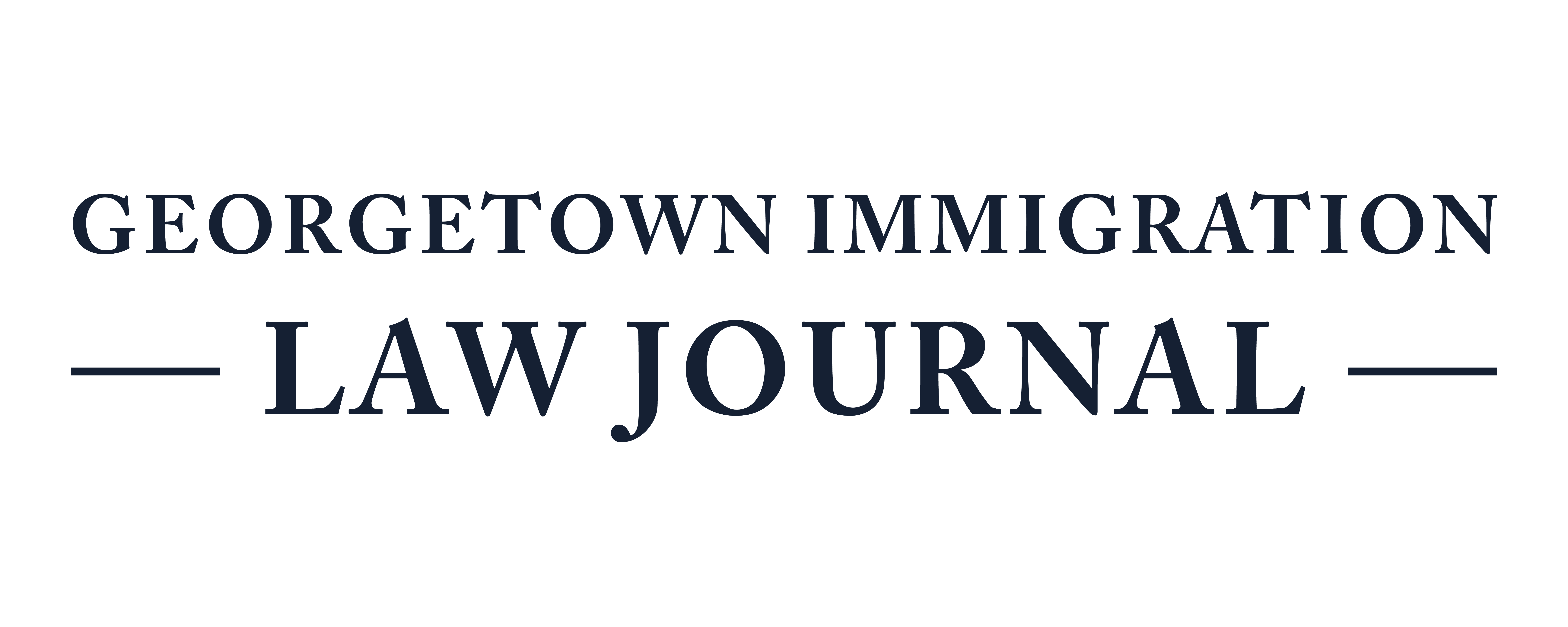Dreaming with Dreamers when DACA Is at Risk: An Innovative and Legally Defensible Student-Community Partnership Model to Bolster Financial Support for Undocumented College Students
Efforts to pass a federal Dream Act or other federal immigration law reforms remain frustratingly elusive in this era of political polarization. While undocumented students in the K-12 compulsory education context have a constitutionally protected right to public education under Plyler v. Doe, higher education is different. DACA (Deferred Action for Childhood Arrivals) faces legal jeopardy, notwithstanding the Biden administration’s recent commitment to fortify DACA through formal rulemaking. Today, there are also more undocumented college students not eligible for DACA than with DACA eligibility, and the share of DACA-eligible college students will drop precipitously in the near future unless the final DACA regulation is both revised and upheld in legal challenges. Against this backdrop, over 400,000undocumented students in U.S. colleges and universities remain ineligible for Pell Grants and federal financial aid. Similarly, the total amount of targeted private scholarships for undocumented students (despite growing and valiant efforts) is extremely small relative to the scale of need.
In this Article, I outline an innovative “private-ish” fundraising model for undocumented students that can work at public universities despite legal constraints on “public benefits” while disrupting orthodox assumptions and practices in higher education. This fundraising model is based upon three principles of design-driven innovation: 1) organizing around the underutilized human capital strengths of undocumented students and allies as social justice agents of change; 2) scaffolding onto a field-tested college structure that can help undocumented activist students and allies engage in organizing in ways that are woven into in a student’s typical week of college; and 3) combining conditions of scale-up and public-private partnerships, including “infrastructure adjacency” and “force multipliers” to boost fundraising
capacity.
Through the structure of a small “voluntary student fee” that requires individual pledges of support, undocumented student activists can take the leadership role in these difficult times while mobilizing support for their cause among their college classmates. The university has both a PayPal-like role in providing a reliable policy architecture for scale-up and efficiently collecting voluntary fees through its billing system and a matchmaker role in identifying philanthropic partners. For foundations looking to support U.S. undocumented students and immigrant communities, the “return on investment” potential is likely higher than most existing alternatives. Each dollar of matching support in this model will cycle through multiple rounds of student-to-student “hearts and minds” engagements, foster Dreamer resiliency and leadership, and contribute to long-term transformation of voter attitudes about Dreamers and other immigrants. A wide-ranging review of case law shows that the legal risks for a campus adopting this model are modest/acceptable, and in other analogous situations, private fundraising that is publicly facilitated does not run afoul of federal immigration law restrictions on “public benefits.” This campus-level funding model has additional potential to help non-DACA students and undocumented students at the graduate and professional school levels. In fact, law schools and other professional school programs with tight-knit student bodies represent fertile ground for innovation along the lines of the partnership model described herein.
GT-GILJ220002 Subscribe to GILJ
